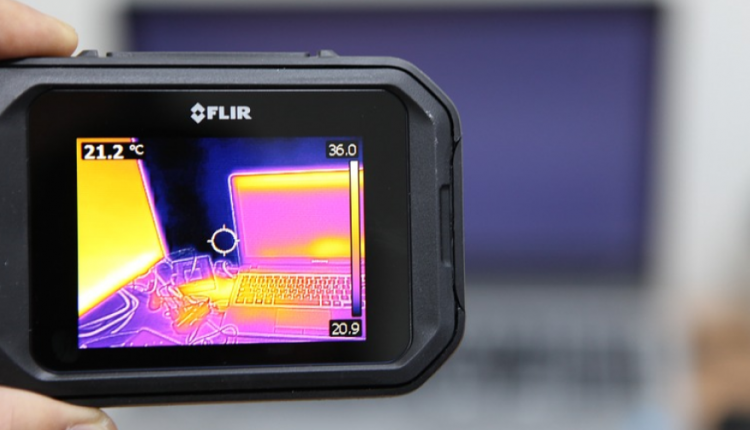
While only some species of shrimp and insects can perceive polarization, the direction in which light vibrates, it provides a great deal of information about the objects with which it interacts. Cameras that see polarized light are currently used to detect material stress, enhance contrast for object detection, and analyze surface quality for dents or scratches. Current-generation polarization-sensitive cameras are bulky, expensive, and often rely on moving parts, which severely limits their potential application scope.
Now, researchers at the Harvard John A. Paulson School of Engineering and Applied Sciences (SEAS) have developed a highly compact, portable camera that can image polarization in a single shot. The miniature camera—about the size of a thumb—could find a place in the vision systems of autonomous vehicles, onboard planes or satellites to study atmospheric chemistry, or be used to detect camouflaged objects.
Published in Science, “This research is game-changing for imaging,” said Federico Capasso, Professor of Applied Physics and Senior Research Fellow in Electrical Engineering at SEAS and senior author of the paper. “Most cameras can typically only detect the intensity and color of light but can’t see polarization. This camera is a new eye on reality, allowing us to reveal how light is reflected and transmitted by the world around us.”
Polarization, the light feature that changes upon reflection off a surface, can help us in the 3D reconstruction of an object, estimating depth, texture and shape, and distinguishing man-made objects from natural ones. To unlock the world of polarization, Capasso and his team harnessed the potential of metasurfaces, nanoscale structures that interact with light at wavelength size-scales.
By taking several pictures or using specially patterned camera pixels along the different polarization directions to measure the light’s full polarization state, researchers have tried to measure the full polarization state. The SEAS mini camera takes all the optics needed and integrates them in a single, simple device with a metasurface.
Watch this video of the camera highlighting the defects in a plastic spoon.
Using a new understanding of how polarized light interacts with objects, the researchers designed a metasurface that uses an array of subwavelength spaced nanopillars to direct light based on its polarization. The light then forms four images, each one showing a different aspect of the polarization. Taken together, these give a full snapshot of polarization at every pixel.
The device is about two centimeters in length and no more complicated than a camera on a smartphone. With an attached lens and protective case, it’s about the size of a small lunch box. The researchers tested the camera to show defects in injection-molded plastic objects, took it outside to film the polarization off car windshields and even took selfies to demonstrate how a polarization camera can visualize the 3D contours of a face.
The technology could be integrated into existing imaging systems in cell phones or cars, enabling the widespread adoption of polarization imaging.
“This research opens an exciting new direction for camera technology with unprecedented compactness, allowing us to envision applications in atmospheric science, remote sensing, facial recognition, machine vision and more,” said Capasso.
Source: Harvard John A. Paulson School Of Engineering And Applied Sciences
